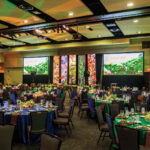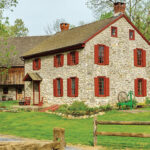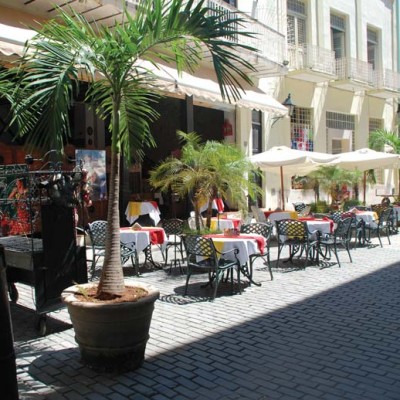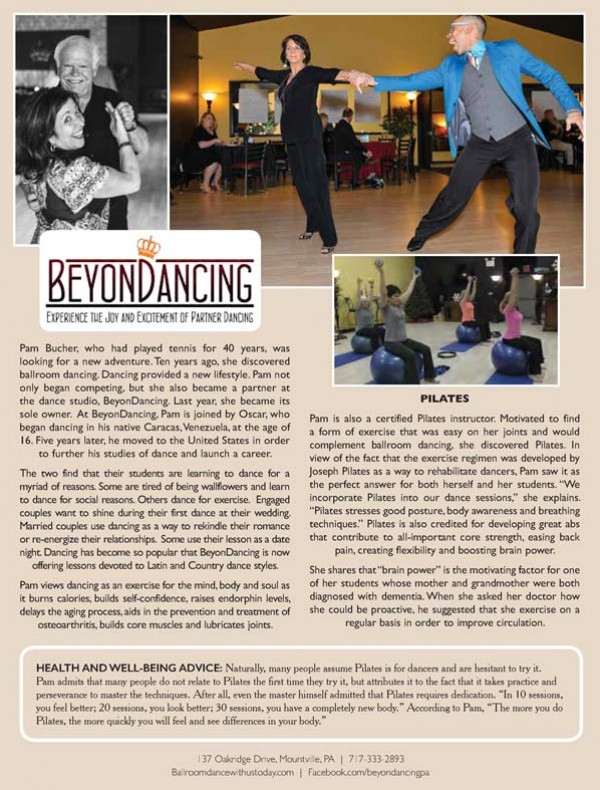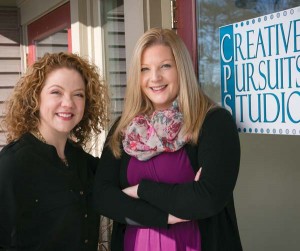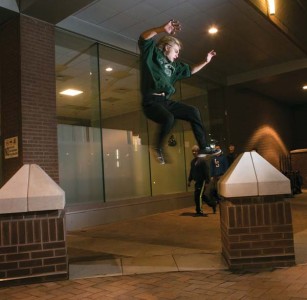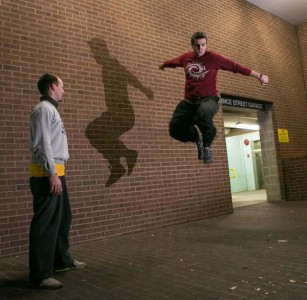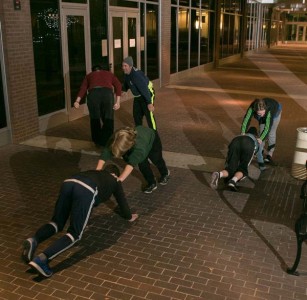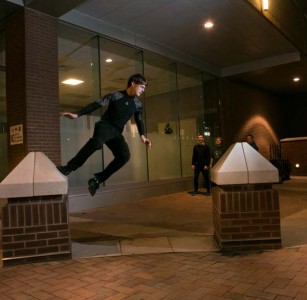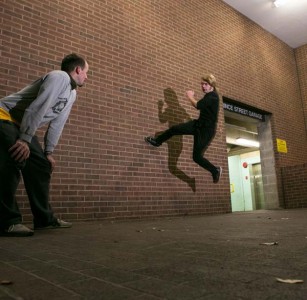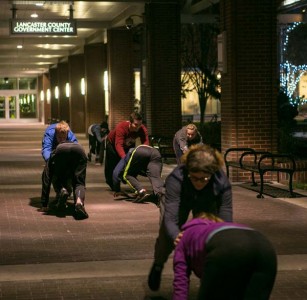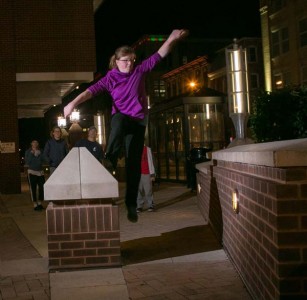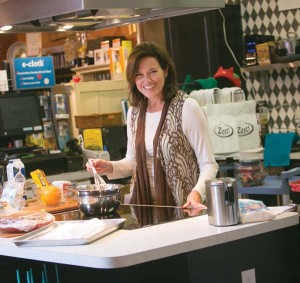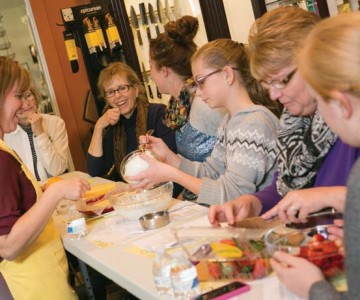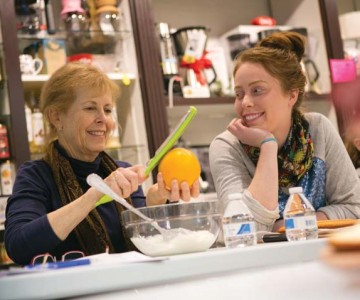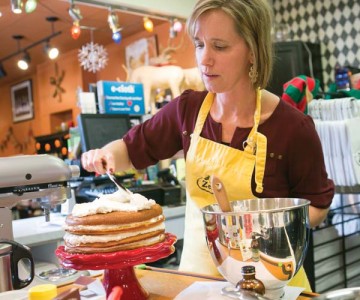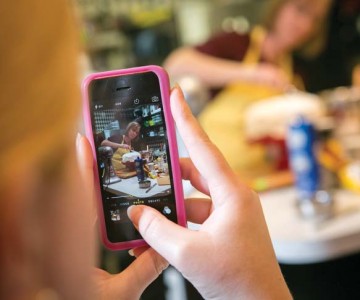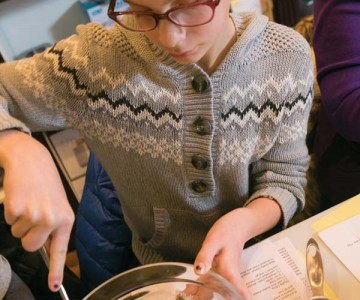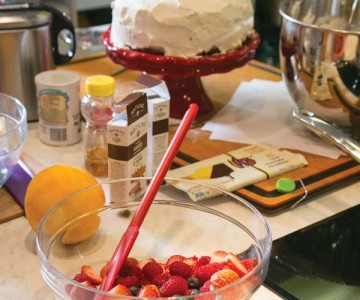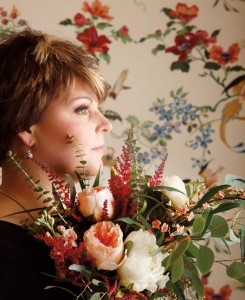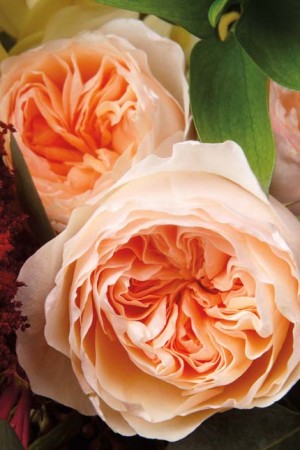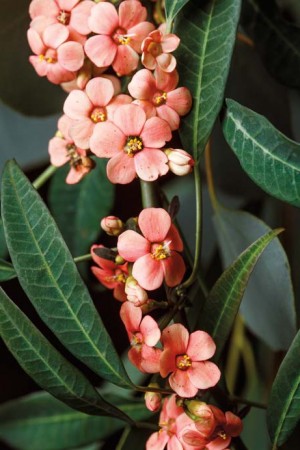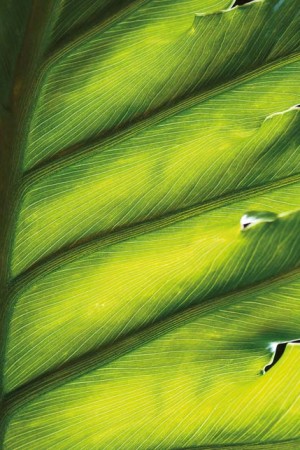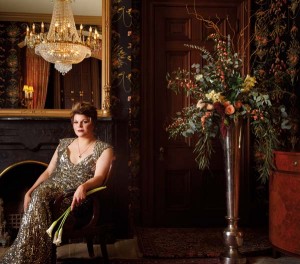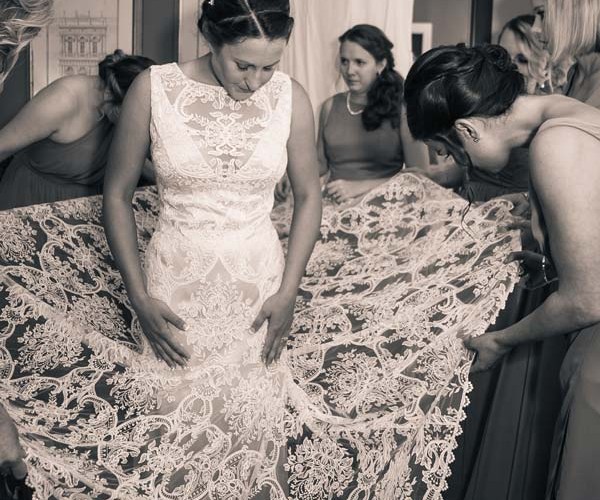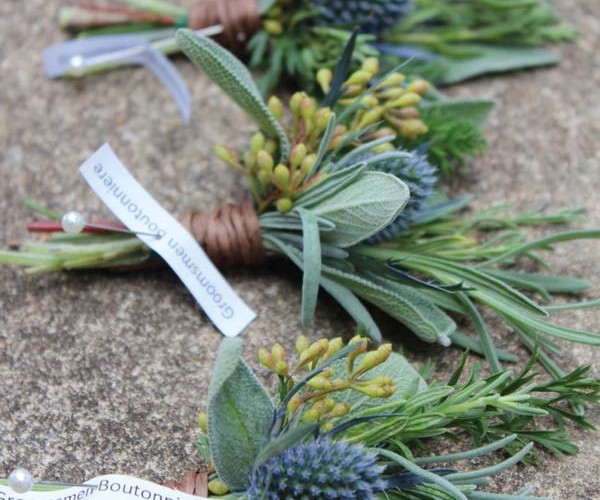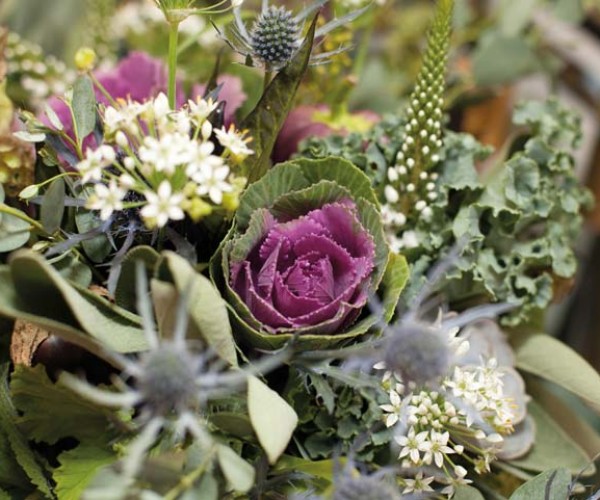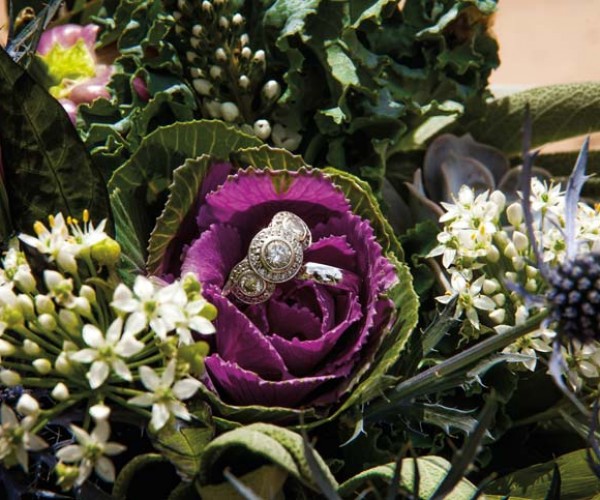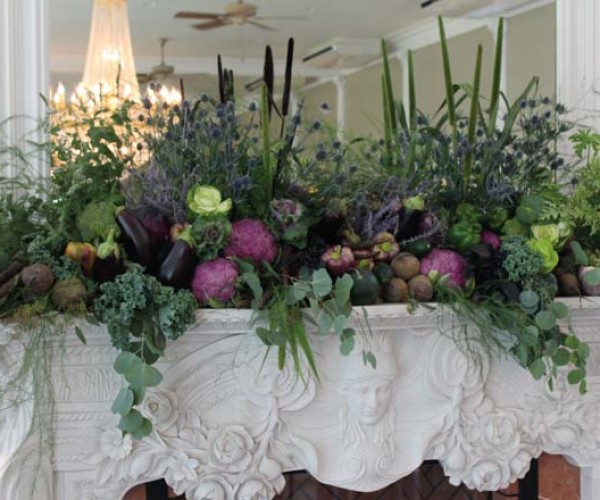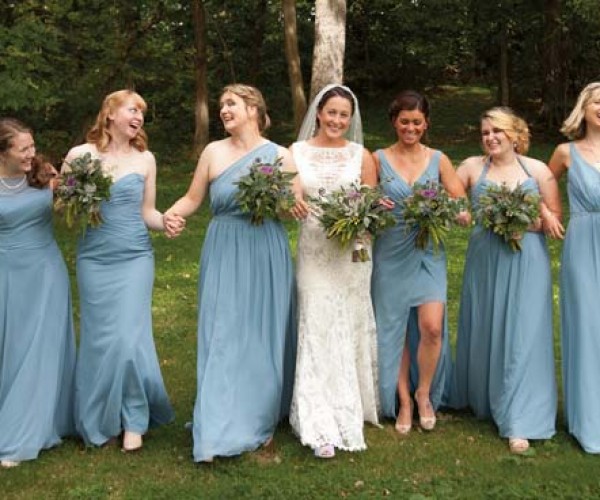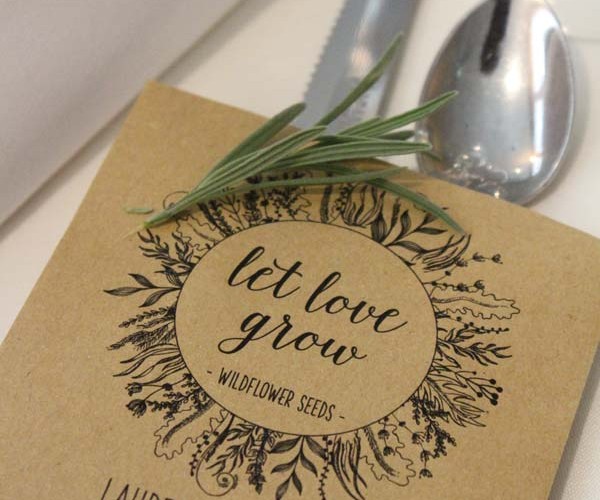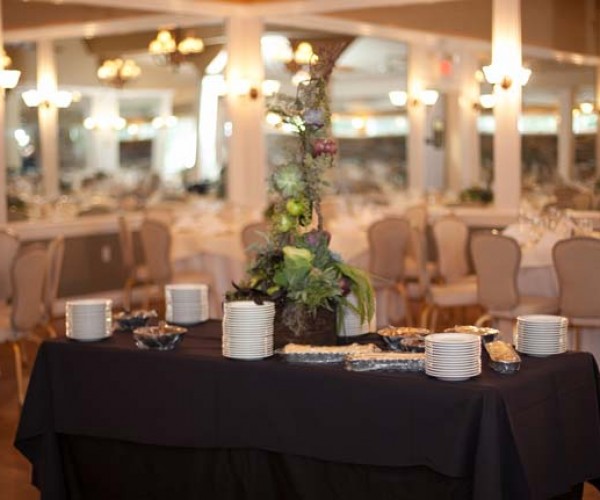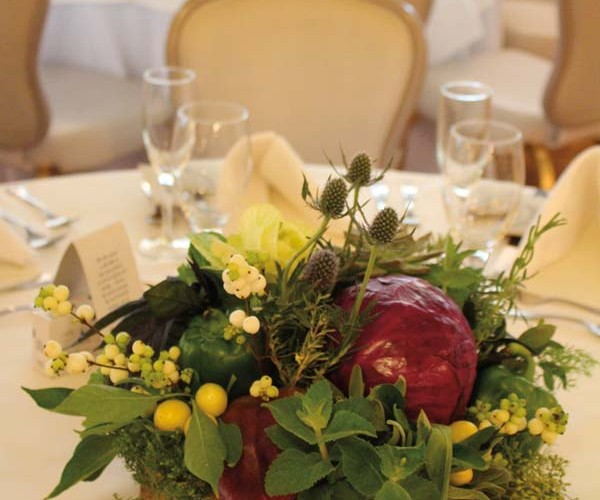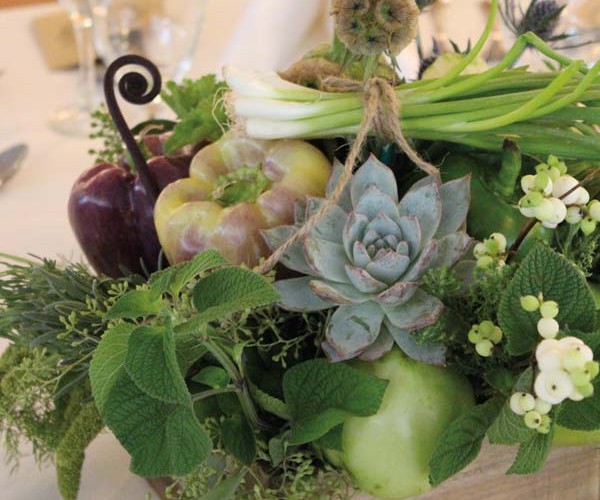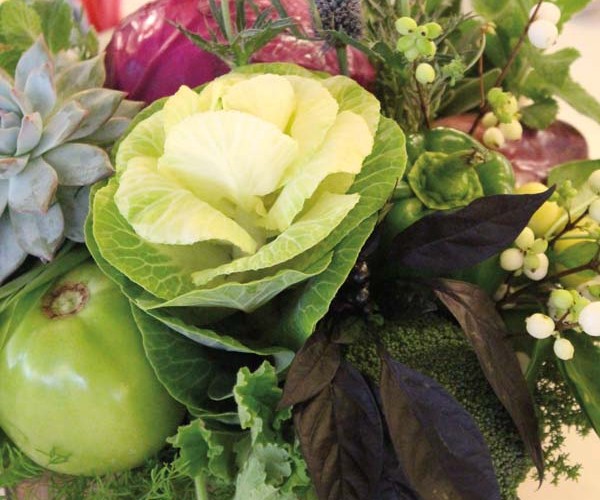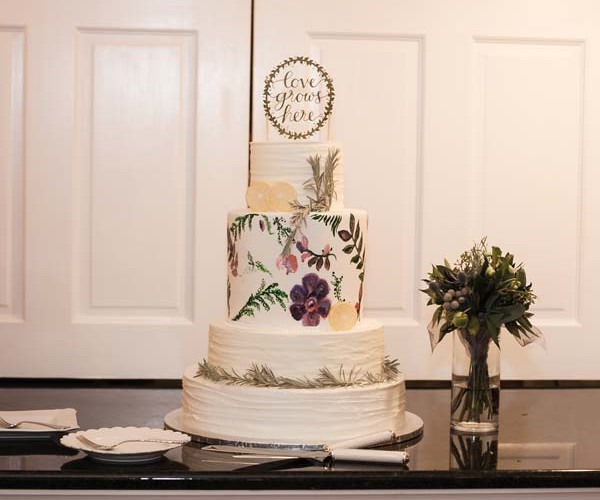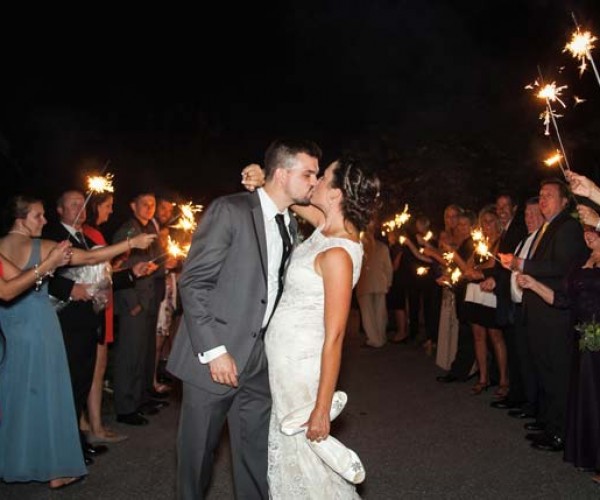The Garden Media Group, which is based in Kennett Square, compiles a trends report each year. For 2017 they predict that indoor gardening, forest bathing, soundscaping, downsized gardens and plants for the office will be playing roles in our physical and mental health.
Indoor Gardening
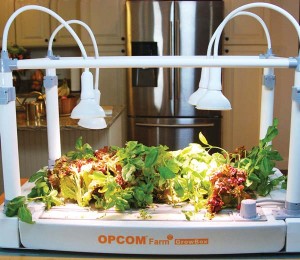 ⇐Do you grow herbs on your kitchen windowsill in the dead of winter? If so, you are part of a growing phenomenon known as indoor gardening (for the record, 28% of baby boomers grow herbs indoors, while the number climbs to 37% for millennials). Thanks to vastly improved grow lights, grow boxes, grow walls, and the fact that hydroponic and aquaponic cultures are going mainstream, indoor gardening is being redefined as a hobby that can be enjoyed year-round.
⇐Do you grow herbs on your kitchen windowsill in the dead of winter? If so, you are part of a growing phenomenon known as indoor gardening (for the record, 28% of baby boomers grow herbs indoors, while the number climbs to 37% for millennials). Thanks to vastly improved grow lights, grow boxes, grow walls, and the fact that hydroponic and aquaponic cultures are going mainstream, indoor gardening is being redefined as a hobby that can be enjoyed year-round.
Access to clean food is one of the driving forces behind gardening in general and indoor gardening in particular. According to the National Gardening Report, in 2016, 6 million new gardeners began growing their own food in this country, with nearly 5 million of them ranging in age from 18 to 34.
Yes, credit for our heightened fascination with gardening goes to the millennials. This generation is not only exploring new ways to grow food on a year-round basis, but they’re also growing teas and plants for medicinal and beer-making purposes. As a result, the number of stores catering to such hobbyists has grown by 8.2% over the last five years. In 2015, such stores contributed nearly $5 billion to the economy. And, interest is expected to only escalate: Growing plants under lights is predicted to increase at a rate of 6.3% in each of the next five years.
To see indoor gardening products, visit opcomfarm.com.
Forest Bathing
 OK, so we know what you’re probably thinking: What kind of New Age mumbo jumbo is this? Actually, you have to trek back to 1982, when Japan’s ministry of forestry designated shinrin-yoku as a component of its national public health program to understand the concept. The premise behind shinrin-yoku – or forest bathing – is to be one with nature and fully absorb its sights, smells and sounds. We know what you’re going to say: It’s called hiking. The answer would be yes and no.
OK, so we know what you’re probably thinking: What kind of New Age mumbo jumbo is this? Actually, you have to trek back to 1982, when Japan’s ministry of forestry designated shinrin-yoku as a component of its national public health program to understand the concept. The premise behind shinrin-yoku – or forest bathing – is to be one with nature and fully absorb its sights, smells and sounds. We know what you’re going to say: It’s called hiking. The answer would be yes and no.
Think about it. Hiking American-style is all about covering territory and doing it with a semblance of speed. Forest bathing is the complete opposite. Bathers are encouraged to fully be one with the experience. Talking is discouraged, and cell phones are all but forbidden. If it takes you an entire day to walk a mile, good for you. Your blood pressure, stress levels, heart rate and other indicators will thank you for it. Studies and research conducted in Japan, which is home to more than 50 designated forest bathing trails, verify that it is working.
Forest bathing has slowly made its way to the states. And, of course, Americans are making it their own. For example, the San Francisco Forest Bathing Club’s outings may include a walk in the woods that morphs into a yoga session that’s followed by a healthy lunch (or snack) and finally an invigorating dip in a river, lake or the ocean. The club’s membership has grown to more than 250 in nine months’ time.
Forest bathing is even impacting our indoor environs. The Pantone Institute credits forest bathing for influencing its choice of 2017’s Color of the Year, which is called Greenery.
Downsized Gardens
 Clear out the clutter is the premise of this trend. Bid farewell to bedraggled plants and those that are growing out of control. Create a color palette that’s inspired by your favorite hue and not the rainbow. Don’t buy one of everything. Keep what you need and what grows well in the conditions they are given. Divide, prune and share the excess. By following these tenets, you and your garden will both be happier.
Clear out the clutter is the premise of this trend. Bid farewell to bedraggled plants and those that are growing out of control. Create a color palette that’s inspired by your favorite hue and not the rainbow. Don’t buy one of everything. Keep what you need and what grows well in the conditions they are given. Divide, prune and share the excess. By following these tenets, you and your garden will both be happier.
Soundscaping
 No, we’re not referring to audio sound systems. Actually, soundscaping refers to the presence of trees, which serves to boost the health and well-being of both humans and the ecosystem. From a sound perspective, trees affect our quality of life. Who doesn’t derive pleasure from hearing the music of songbirds that make their homes in the trees? On the flip side, trees buffer the sounds (and sights) that can put us on edge, i.e. sirens, traffic, loud neighbors, etc. And, trees serve as nature’s sunscreen for homes, offices and our bodies. According to Purdue University, the shade of a tree is equivalent to an SPF of 10. Trees also play a role in reducing cooling costs for homes and offices.
No, we’re not referring to audio sound systems. Actually, soundscaping refers to the presence of trees, which serves to boost the health and well-being of both humans and the ecosystem. From a sound perspective, trees affect our quality of life. Who doesn’t derive pleasure from hearing the music of songbirds that make their homes in the trees? On the flip side, trees buffer the sounds (and sights) that can put us on edge, i.e. sirens, traffic, loud neighbors, etc. And, trees serve as nature’s sunscreen for homes, offices and our bodies. According to Purdue University, the shade of a tree is equivalent to an SPF of 10. Trees also play a role in reducing cooling costs for homes and offices.
Office Plants
 House plants are back in vogue, although not to the extent in which we added greenery to our homes, offices and restaurants – remember the proverbial fern bar – in the 1970s. A few tastefully placed plants is the new trend.
House plants are back in vogue, although not to the extent in which we added greenery to our homes, offices and restaurants – remember the proverbial fern bar – in the 1970s. A few tastefully placed plants is the new trend.
Plants provide a plethora of benefits in an office environment. They purify the air, which is very important in an energy-efficient building. Simply being around plants is a stress reliever. Studies show that plants help us to focus and concentrate. Research also finds that people who work in close proximity to plants are healthier and use fewer sick days per year. The good news is that plants that thrive in office environments are low maintenance, and you can’t go wrong with a terrarium.


